Tags
Africa, Alice Dixon Le Plongeon, American Antiquarian and Oriental Journal, archaeologist, Asiatic, Atlantic, Augustus Le Plongeon, Brahma, British Isles, brooch, Buddha, cataclysms, Chichén Itzá, Cloverland Magazine, Codex Cortesianus, copperplate, cultural, Daily Mining Journal, dance, earthquake, Egypt, English, Flood, frescos, gold, Greece, Henry Dixon, Ida Simmons, immortality, India, inscriptions, island, jadeite, John Olof Viking, Khans, linguistic, macaw, manuscripts, Maya, Mayan, maypole, Mediterranean, Mexico, Michigan, mural, musci, New York, ocean, pastedown, Peru, Peter Eckler, photographer, Prince Chaacol, printer, prospectus, Queen Moo, Ramayana, rare books, reincarnation, serpent, Siam, songs, Swedish, talisman, The Word, Theosophical Publishing Company, Troano Codex, Uxmal, vocabulary, Yucatan

When grief shall rend thy heart, seek thine own soul;
Shut out life’s din, and find that sacred goal.
Queen Moo’s Talisman: The Fall of the Maya Empire
Alice Dixon Le Plongeon (1851-1910)
New York: Peter Eckler, Publisher, 1902
First edition
Alice Dixon Le Plongeon was an English photographer, amateur archaeologist, traveler, and author. She was the daughter of Henry Dixon, a copperplate printer and photographer.
She travelled with her husband, Augustus Le Plongeon, to Mexico in 1873. They were early excavators of the ancient Mayan sites of Chichén Itzá and Uxmal.
While studying the artifacts at Chichén Itzá, the Le Plongeon’s pieced together a narrative of Queen Moo (the Mayan word for “macaw”), an ancient Mayan ruler, and her brother and consort Prince Chaacmol (“powerful warrior”). In November 1875, they unearthed a large statue and other artifacts near the Platform of the Eagles and Jaguars at Chichén Itzá, including a piece of jadeite that Augustus had set in a gold brooch. Alice wore the talisman for the rest of her life.
A talisman I give thee — jadeite green,
‘Twill ever lend thee intuition keen,
Its wearer may with love herself surround,
For with attractive force it doth abound.
Would one deceive, and traitor prove to thee,
His mind with this thou wilt quite plainly see.
Thro’ centuries this talisman can bind
Two souls — desiring this, the way thou ‘lt find.
But keep it sacredly for thee alone;
If thou lose this a foe will seize thy throne.
Even though the archaeological community was not receptive to the Le Plongeons’ theories about Queen Moo, Alice publisher her epic poem. In the introduction, the author discusses the connections, linguistic and cultural, her husband, made between the Maya empire, Egypt, India, Buddha, Brahma, the Ramayana, the Mediterranean, Africa, Greece, Peru, Siam; and the maypole dance — practiced in the Yucatan and the British Isles.
Referring to the Troano Codex and the Codex Cortesianus, he connected the word “CAN,” “the generic word for serpent,” found inscribed in ancient Yucatan ruins with the Khans of Asiatic nations. Dr. Plongeon interpreted inscriptions in both manuscripts as the story of a great flood caused by an earthquake, submerging a “great island in the Atlantic ocean,” suggesting that the Troano Codex dates the disappearance of the island 8,060 years before the writing of the manuscript. “Judging from Egyptian records, the cataclysms must have occurred between ten and eleven thousand years ago.”
The publisher’s prospectus described the work as “a dramatic…account of events which caused the dismemberment of the Maya empire, according to Maya [manuscripts], mural inscriptions and frescos at Chichén in Yucatan. Interesting data are also given concerning ancient rites and religious ideas of the Mayas, their belief in the immortality of the soul, its reincarnation in human form, and its power to manifest, while disembodied, to those in the flesh.”
At the back of the book is included several songs with music, words by Alice Le Plongeon and accompaniment by Ida Simmons.
Rare Books copy is inscribed by John O. Viking, a correspondent of Alice Le Plongeon’s, on the front free flyleaf, “From/John O. Viking/Ishpeming, Mich./April 30th 08/To Sister Benediction/ 8/28, 1950.”
An autographed letter from the author to Viking dated June 22nd in the original mailing envelope and regarding the purchasing of copies of Queen Moo, some Mayan vocabulary, and a few printer’s errors in her book, A Dream of Atlantis, mounted on front pastedown; a typed letter signed by the author to John O. Viking dated May 6th, 1908 regarding the possible publication of A Dream of Atlantis in the magazine The Word also laid in at rear; typed letter signed by an associate of the Theosophical Publishing Company of New York dated August 25th, 1910 addressed to Viking and informing him of Alice Le Plongeon’s death in original mailing envelope affixed to the rear pastedown.
John Olof Viking (b. 1874) was a Swedish-born writer who settled in Michigan with his family in 1882. He worked as a staff writer for the American Antiquarian and Oriental Journal. His articles also appeared in other publications, including Cloverland Magazine and Daily Mining Journal.
Frontispiece of the author with tissue guard captioned in red. Further illustrated with thirteen black-and-white numbered drawings and three headpieces. Title-page printed in red and black. Bound in publisher’s gray cloth lettered in gilt on front board and spine. Top edge gilt.



























































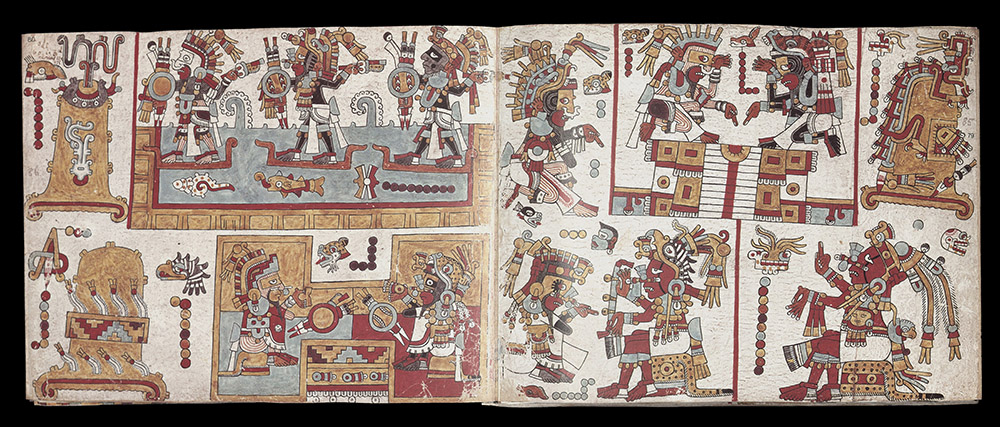
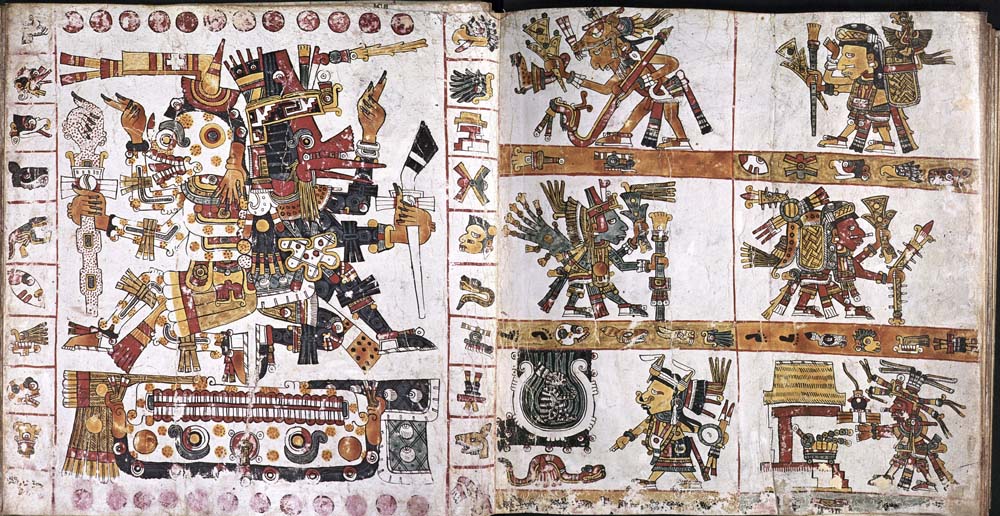
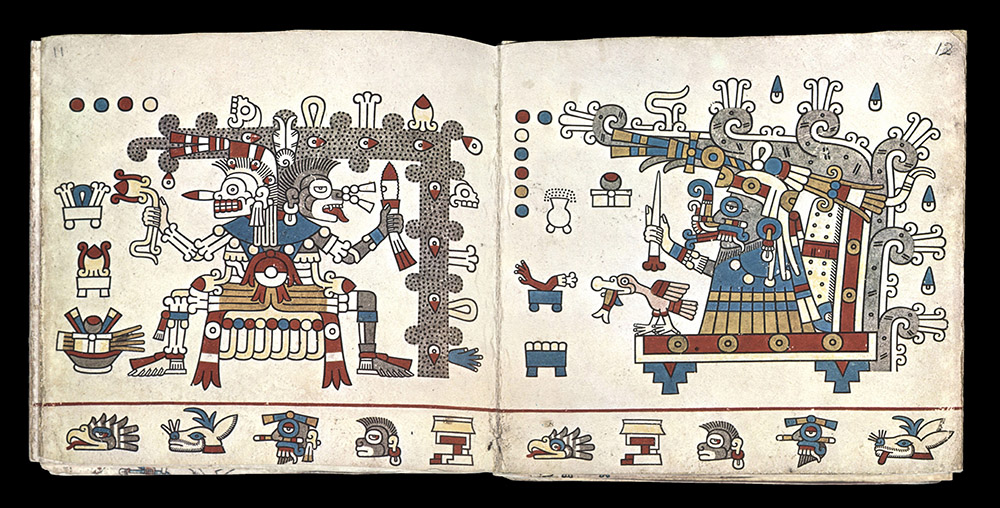
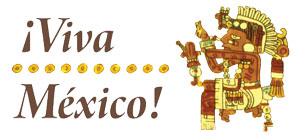
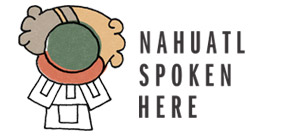
You must be logged in to post a comment.